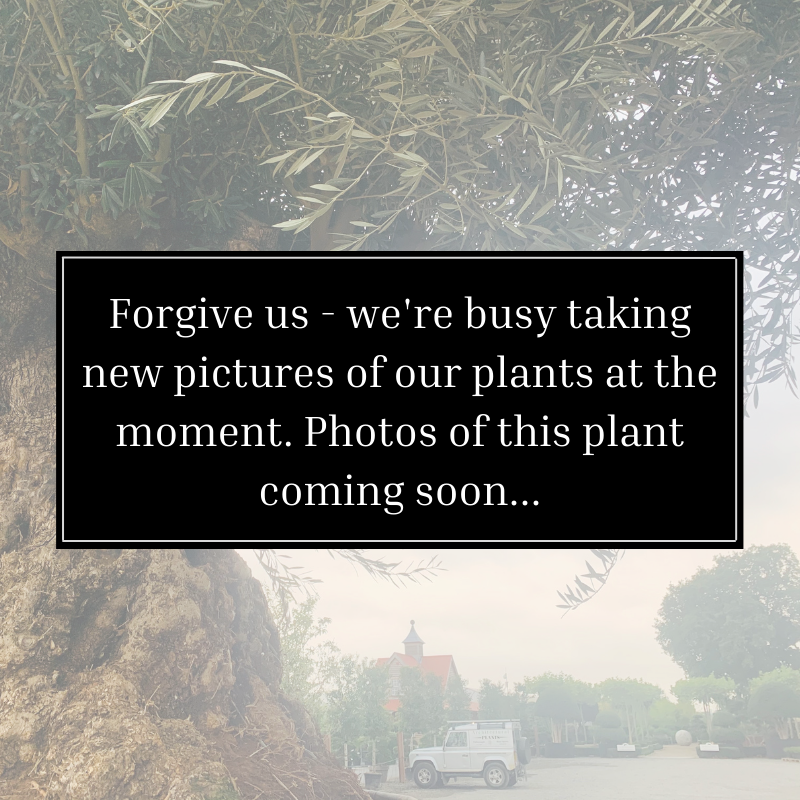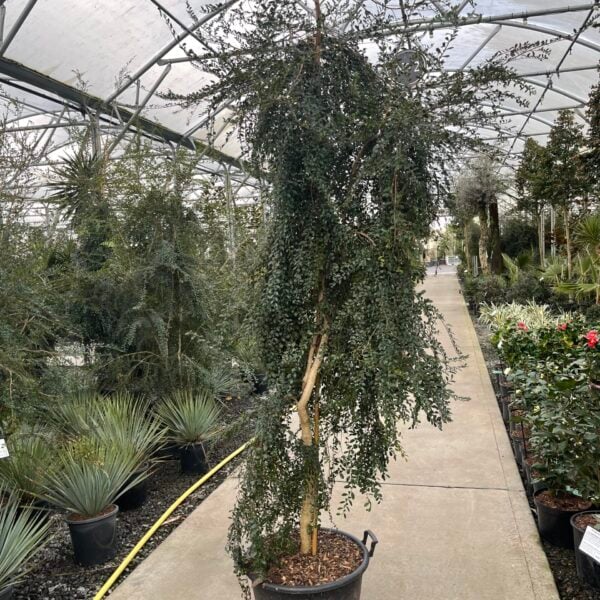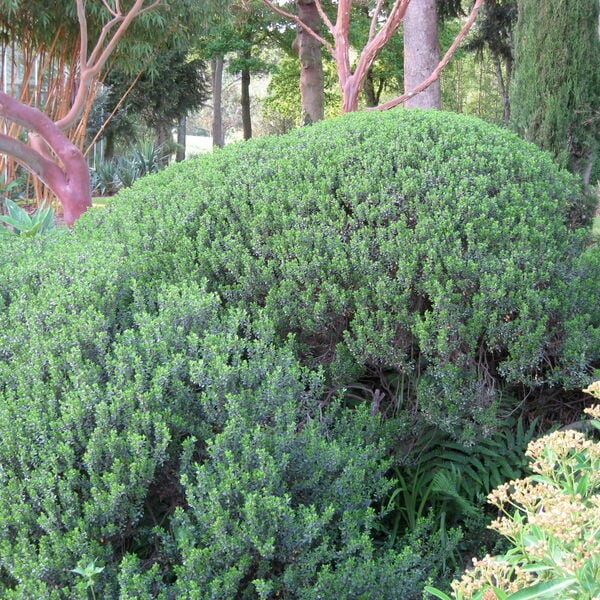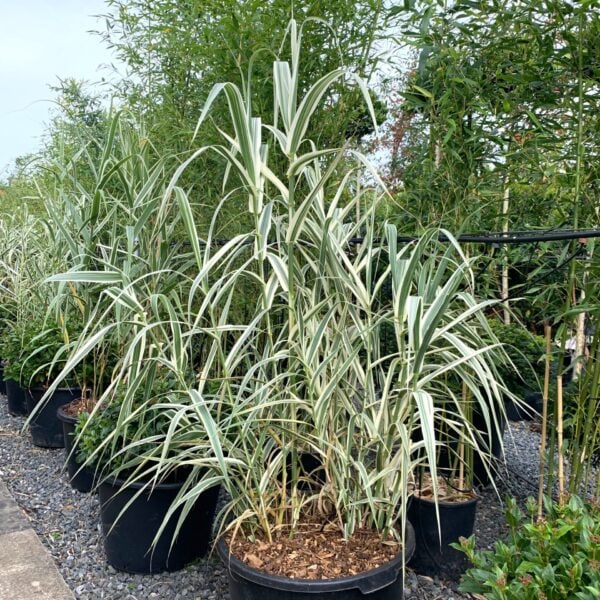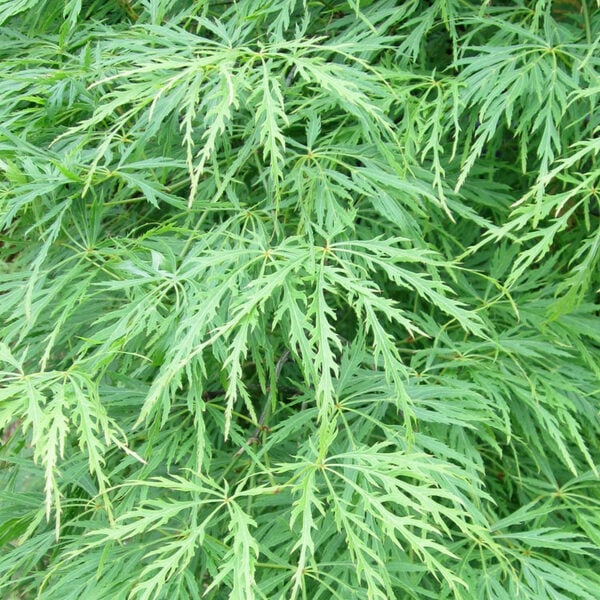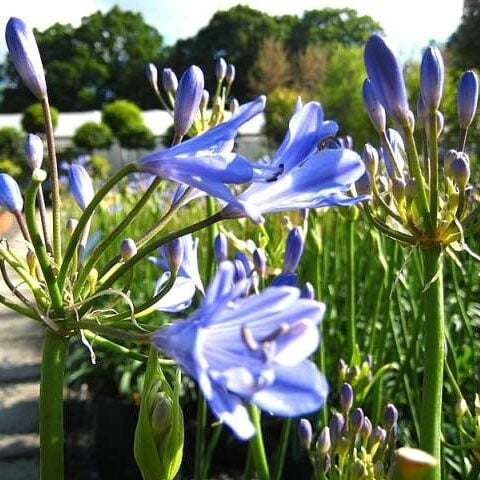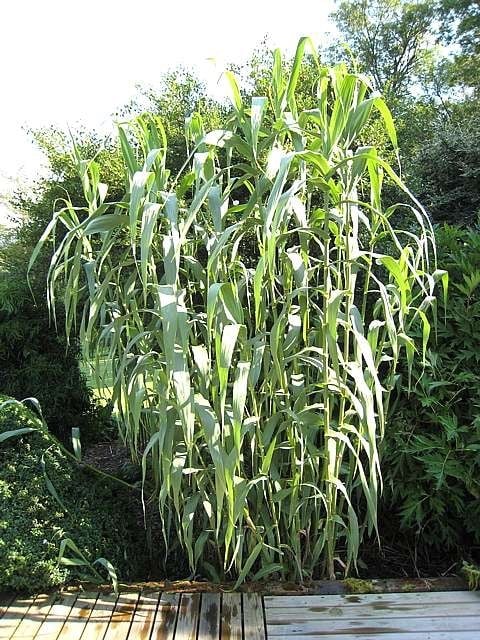Taxodium distichum (Swamp Cypress)
Magnificent deciduous conifer that grows anywhere – including in standing water. To 20ft in 20 years. Ultimately can reach 60ft tall. Please contact us for stock availability and sizes.

Hardiness level Green
Specimen Tree is a phrase frequently encountered within the world of horticulture. Long ago it was agreed at Architectural Plants that 'Medium Sized Shrub' was the most boring expression in the English language. 'Specimen Tree' is the second. The implications are clear : this is a nice tree so I'll plant it on its own, surrounded by other solitary specimens and call it a garden. That's not a garden, that's an arboretum - a collection of Latin names.
Within the pages of this website there are a number of cries from the heart to do something interesting with your garden. Here's another one : The Swamp Cypress needs to be grown in GROVES. As many as you can fit in and they don't have to be in or near standing water.
They come from the southern United States - Louisiana, Mississippi, Alabama and Florida where the summers are mighty hot. There, they grow tall and slender and swell at the base and produce their curious 'knees' illustrated in some of the photos. In Britain the summers are cooler and the growing days are longer and they grow differently : the trunks become more obviously tapered - broader at the base in relation to their height and pointed at the summit. It makes the whole trunk look spire-like and it's much more accentuated in Britain than in countries with hotter summers - and very striking.
Unusually for a conifer, it looses its leaves in autumn going quite a fiery reddy-brown followed by vibrant emerald green in spring. It's related to the Dawn Redwood (Metasequoia glyptostroboides) but not as big or fast growing and the Dawn Redwood doesn't appear to do the heavily tapered trunk thing in this country. And neither, of course, does the Dawn Redwood grow in standing water and produce weird knees. The weird knees are always there (whether it grows in water, by water or nowhere near water) and presumably are an adaptation to their watery habitat but no one seems to know how they work. I think describing them as curious rather than beautiful is appropriate. Or slightly weird. The trees are conical but the foliage is fine and the overall look - especially in early summer - is distinctly fluffy. The use of the term 'knee' baffled me for a bit but it refers to the look of a knee when the leg is bent at the knee as afar as possible - and is pointing skywards. Capeesh?
They've been in cultivation here for many years and have proved hardy and reliable but - unfortunately - they're nearly always grown singly and you just don't get that wonderful unique feel of a Swamp Cypress forest from growing one lonely tree. I know that in our lovely gentle world of gardening it's not done to indulge in polemics but on this occasion I'll make an exception. Grow lots. Together. In groves. In woods. In forests. Please. Not the dreaded Specimen Tree.
Grown from seed.
N.B. When clipping several plants with the same tool, have a bucket containing a 5% bleach solution and swish your blades around for 30 seconds between plants to sterilise them. This will help avoid the chance of cross contamination of disease.
As with all woody plants, plant high, exposing as much of the taper at the base of the trunk as possible. Allowing soil to accumulate round the base of a tree can be fatal. Keep very well watered when first planted.
Additional Information |
|
|---|---|
| Soil Type | |
| Light | |
| Plant Type | |
| Continent of Origin | |
| Specialist Plants | |
| Features | |
| Tree Size | |
| Hardiness | |





